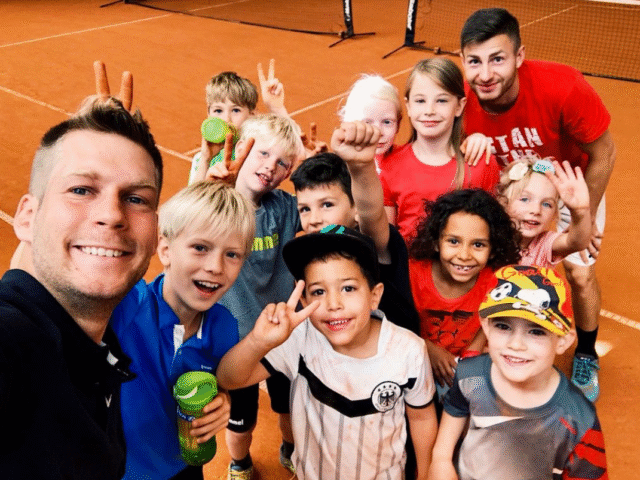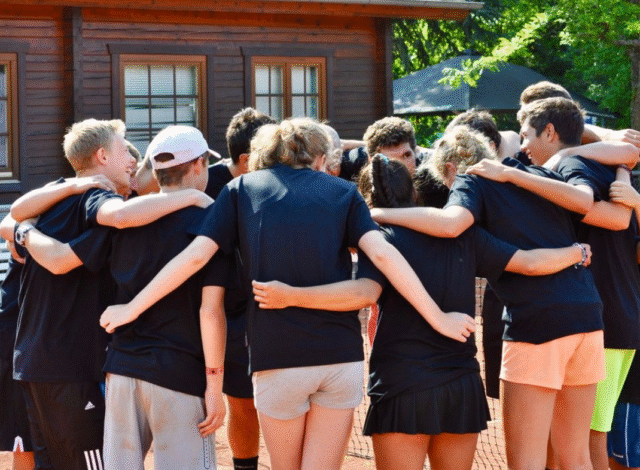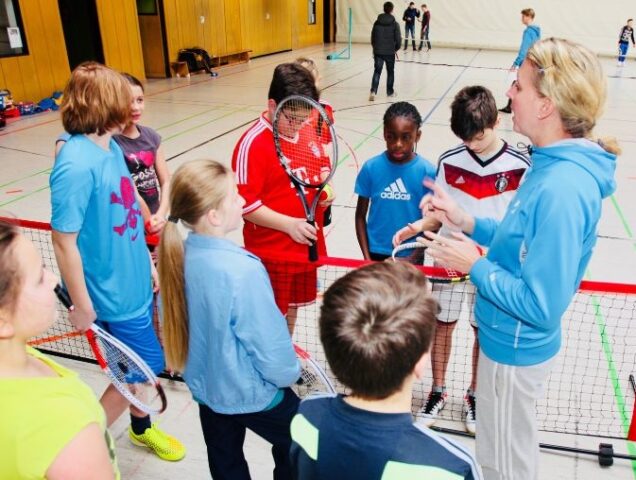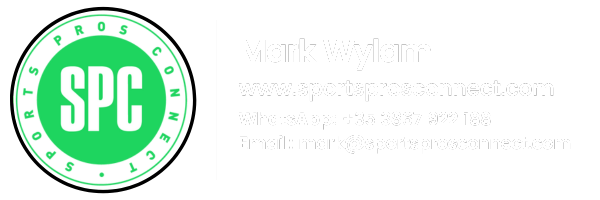
Rise Tennis Programme Coaching Excellence
Let’s look at the world of modern tennis coaching with Rubén Herrera, former academy owner at BASE TENNIS in Germany.
It’s great to have you here today Ruben! To kick things off, could you tell the SportsProsConnect community a little about yourself and your tennis background?
It’s a pleasure to be back on the blog. I’m a former NCAA Division I student-athlete currently working in the world of sport, health, and technology with a focus on partnerships and growth.
Over the years, I’ve worked across industries including corporate sales, marketing, education, advertising, and entrepreneurship. Starting a tennis academy reignited my passion for sport and led me into the sports tech space. For the past decade, I’ve been immersed in building ventures and helping organizations innovate across coaching, events, and media. Happy to share some ideas with our community!
Where do you think tennis stands compared to other sports in terms of coaching?
That’s a broad question. The key distinction is between grassroots and professional coaching.
At the grassroots level, tennis still relies heavily on volunteers, many of whom have limited formal preparation. There is clear room for improvement here.
On the professional side, more universities now offer sports management and coaching degrees. Manhattanville University, Hope College, NSA Vassil Levski, and UNWE are examples. Still, most career development in tennis revolves around certifications from national bodies or organizations like PTR and USPTA.
Other sports aren’t necessarily ahead, but football in Europe has progressed through FIFA’s academic partnerships. Netball in the UK is another example where accessible coaching education boosts engagement and community impact. Tennis could learn from this.

You have worked with coaches and athletes across different countries from grassroots to elite. What makes coaching truly effective in the modern game?
Coaching is both an art and a science. Assuming alignment in mission and values between coach and organization, effective coaching depends on:
- Capability (Can you do the job?)
- Motivation (Do you want the job?)
- Capacity (Are you in the position to do it well?)
The last is often overlooked. Coaches handle multiple stakeholders daily—athletes, parents, staff, leadership. Emotional and mental readiness is critical.
The Ecsell Institute outlines six pillars: connection, psychological safety, structure, communication, challenge, and skill development. The best coaches develop both the athlete and the person.
There has been a lot of conversation around burnout and coach retention. What questions are we not asking when it comes to coaching development and wellbeing?
This is more an employer issue than a coach issue. Society is shifting:
- Health is now seen holistically: physical, mental, emotional, financial, and spiritual.
- Longevity science and wellness content have raised awareness.
- Work-life balance expectations have evolved, especially post-COVID.
People now want tools and empowerment, not just perks. Burnout is real. WHO says one in four people may be struggling. Many organizations still prioritize ROI over sustainable wellbeing, which leads to high turnover.
Solutions?
- Regular (monthly/quarterly) reviews.
- Creating cultures of belonging.
- Asking how to support staff wellbeing.
- Up-to-date safeguarding policies.
- Ensuring privacy and psychological safety.
Organizations that solve this internally and offer it externally have a massive opportunity.

Is there a “secret sauce” to building a shared culture and language across coaches?
Yes, but there’s no single recipe. The process involves:
- Defining your audience, purpose, and delivery method.
- Setting a quality baseline, e.g., punctuality, attire, progression timelines.
- Establishing shared expectations and frameworks.
- Allowing room for creativity within standards.
Coaching is part art. Innovation thrives with freedom and trust.
Technology also plays a role. Once your priorities are set, define KPIs (key performance indicators). Use a team scoreboard to track and visualize progress. This fosters accountability and culture.
If you had to build a modern tennis academy, what are the first three coaching-focused technologies you would implement?
- A centralized athlete management system that integrates with your administrative systems. We want technology that works together, not in isolation. Ideally, your court booking system connects with your invoicing system and your marketing system. Even better if everything is part of one solution. I have not yet seen a platform that truly combines this with athlete management. Most software is still built for different stakeholders within the same organization.
- Coaching effectiveness tracking system: Use surveys, structured communication, and feedback protocols. Treat coaches like business-critical staff.
- Video feedback platform: For development and content creation. Tools like PlaySight and Wingfield serve both performance and marketing needs.
AI integration is becoming a baseline, not a bonus.

How does a private coach in the modern era of the game succeed off the court?
Today, every coach is a brand. A brand equals trust and reputation.
- Continue learning beyond tennis: tech, marketing, communication.
- Keep a clean, well-written CV and cover letter.
- Network intentionally. People drive career moves.
- Build a strong digital presence, especially on LinkedIn and SPC.
Instagram, TikTok, and YouTube are useful but demanding. Focus where your efforts can scale.
What should coach education be prioritizing that it is not?
Certification often doesn’t reflect the real demands of coaching. A two-week course isn’t enough. Core areas to prioritize:
- Pedagogy: Coaches must be effective teachers.
- Technology: Learn and apply modern tools, from CRM to AI.
- Business acumen: Most coaches are self-employed. They need to understand finance, marketing, and cross-cultural communication.
The fitness industry offers strong examples of progress. Tennis can learn a lot by observing and adapting their methods.
Closing Thoughts?
Thank you, Mark, for the opportunity to contribute. I’m looking forward to continuing to support the SPC community in any way I can.
Check out Ruben’s page on SPC here >>


